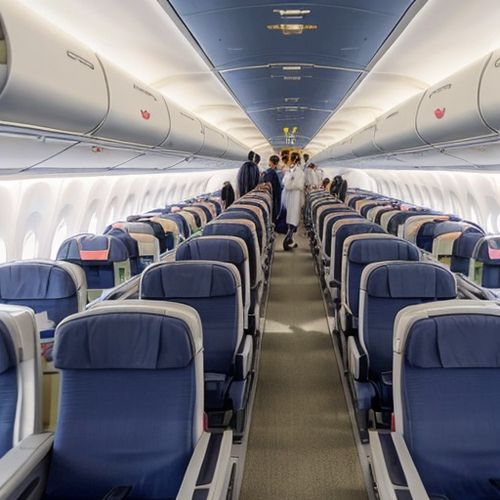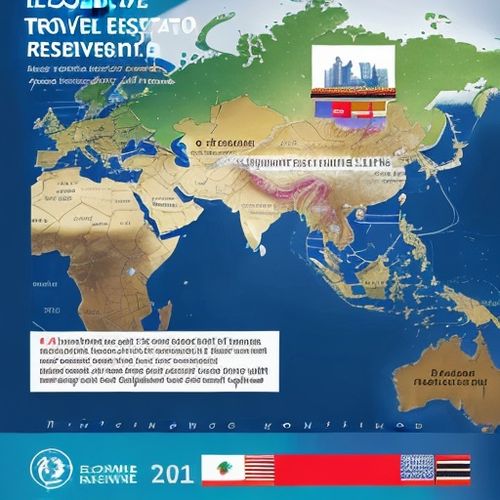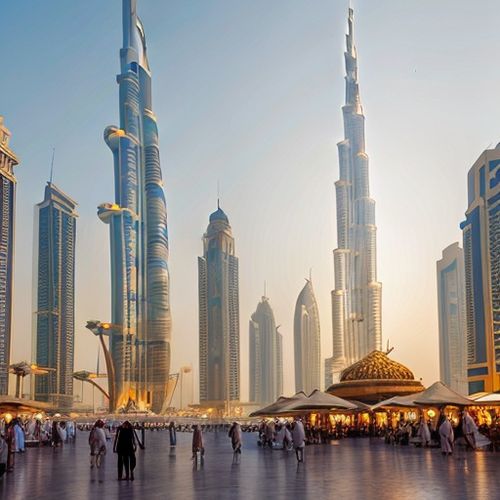The sun-drenched beaches of Phuket, the bustling streets of Bangkok, and the serene temples of Chiang Mai have long made Thailand a magnet for global travelers. Yet, behind the postcard-perfect scenes, the country’s tourism industry is grappling with an unprecedented challenge: a staggering shortage of 130,000 workers. As international visitors return in droves post-pandemic, hotels, restaurants, and tour operators are scrambling to fill critical gaps in their workforce. The crisis threatens to stifle recovery and tarnish Thailand’s reputation as a seamless travel destination.
The roots of the labor crunch are multifaceted. During the pandemic, thousands of tourism workers, from hotel staff to tour guides, migrated to other sectors—agriculture, manufacturing, or gig economies—to survive. Many have not returned, either due to better wages elsewhere or lingering uncertainty about tourism’s stability. Compounding the issue, Thailand’s aging population and declining birthrate have shrunk the domestic labor pool, while stricter immigration policies have reduced the influx of migrant workers from neighboring countries, who once filled essential roles in hospitality.
Local businesses are feeling the pinch. In popular destinations like Pattaya and Krabi, restaurants have trimmed operating hours, and hotels operate below capacity due to understaffing. "We’re turning away bookings because we don’t have enough housekeepers or front-desk staff," admits a resort manager in Koh Samui. The labor deficit isn’t just about numbers; it’s a skills mismatch. Younger Thais increasingly shun entry-level hospitality jobs, perceiving them as low-paying or unstable, while mid-career professionals lack training for supervisory roles left vacant by experienced workers who exited during the pandemic.
The government and private sector are exploring stopgap measures. Some hotels have begun offering signing bonuses, flexible shifts, or profit-sharing schemes to attract talent. Others are investing in automation—self-check-in kiosks, robotic room service—to reduce reliance on human labor. Yet these solutions only scratch the surface. Long-term fixes require systemic changes: revamping vocational training programs to align with industry needs, incentivizing career progression in tourism, and revisiting work visa policies to legally welcome back foreign laborers without undercutting local wages.
Tourism operators are also looking inward. Upskilling existing employees has become a priority, with chains like Minor International cross-training staff in multiple roles to maximize efficiency. Meanwhile, grassroots initiatives, such as community-based tourism cooperatives, are redistributing labor regionally by promoting lesser-visited provinces, easing pressure on overcrowded hubs. These efforts, however, demand time and coordination—luxuries the industry may not have as peak seasons approach.
Beyond logistics, the crisis poses a cultural question. Thailand’s tourism model has historically relied on high volume and low costs, often at the expense of worker welfare. The shortage could catalyze a shift toward higher-value, lower-footfall tourism—think luxury eco-resorts or niche cultural experiences—that prioritizes sustainability and fair wages. Such a transition would require buy-in from policymakers and investors, but it may be the only way to rebuild a workforce that feels valued and stays.
As Thailand’s high season looms, the clock is ticking. The 130,000-job gap isn’t just a statistic; it’s a warning that the industry’s revival hinges on treating labor as an asset, not an afterthought. From visa reforms to wage reforms, the path forward demands creativity and compromise. One thing is clear: the smiles Thailand sells to tourists will fade unless those serving them can afford to smile too.

By Lily Simpson/Apr 6, 2025

By William Miller/Apr 6, 2025

By Joshua Howard/Apr 6, 2025

By Christopher Harris/Apr 6, 2025

By Jessica Lee/Apr 6, 2025

By Benjamin Evans/Apr 6, 2025

By Michael Brown/Apr 6, 2025

By Olivia Reed/Apr 6, 2025

By Victoria Gonzalez/Apr 6, 2025

By Christopher Harris/Apr 6, 2025

By Emily Johnson/Mar 31, 2025

By Emily Johnson/Mar 31, 2025

By John Smith/Mar 31, 2025

By Emily Johnson/Mar 31, 2025

By Amanda Phillips/Mar 31, 2025

By Victoria Gonzalez/Mar 31, 2025

By Noah Bell/Mar 31, 2025

By Sarah Davis/Mar 31, 2025

By Laura Wilson/Mar 31, 2025

By Sarah Davis/Mar 31, 2025